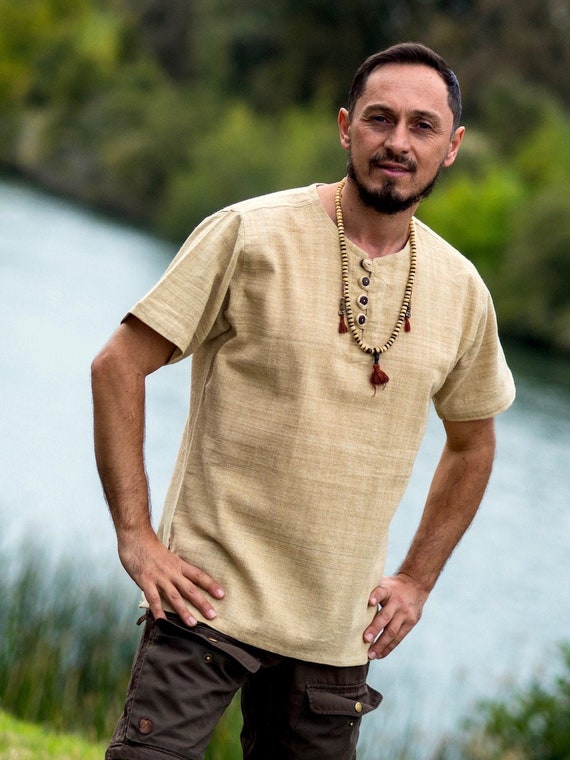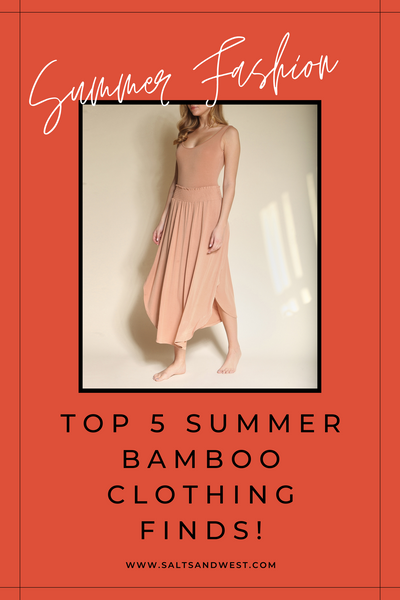Good Info To Picking Bamboo Clothes
Wiki Article
What Are The Benefits Of Low Impact Hemp Fibre Clothing That Is Sustainable?
Clothing made from low-impact hemp fiber has numerous environmental benefits compared to other clothing materials. This includes clothing that is made from synthetic fibers, or conventional cotton. Hemp clothing offers a number of key environmental advantages. It is very fast growing and needs less water and pesticides. Hemp thrives in a variety of climates. It can also be adapted to soil types.
Reduced water consumptionReduced Water Usage Hemp typically requires significantly less water than conventional cotton, which is known for its high water consumption. This makes hemp clothing a more efficient choice in terms of water consumption.
Hemp can be grown in most cases without the use pesticides or herbicides that are synthetic. It has a less impact on the environment than chemical agriculture.
Hemp cultivation can enhance soil quality thanks to its roots that are deep-rooted. This helps prevent soil compaction and erosion. It also keeps the soil in better shape to allow for future cropping.
Hemp can be biodegraded. It degrades naturally with time and reduces the waste of textiles. Contrary to synthetic fibers, like polyester can take hundreds of years to decay.
Lower Carbon Footprint: Hemp fibers are produced with a lower carbon foot print than synthetic materials. Hemp also acts as an absorber of carbon dioxide by absorbing it from the air during the growth process.
Durability Hemp clothing is known for its long-lasting durability and durability. The best hemp clothing can last several years. This means that you won't need to replace them as frequently and will reduce the amount of waste.
Hemp plants are naturally intolerant to pests. This eliminates the necessity for pesticides.
Hemp has a wide range of applications in textiles like bags, clothing, accessories and much more. It is an eco-friendly and versatile choice for textiles and fashion.
Regenerative Agriculture - Certain sustainable farming practices include hemp in regenerative agricultural systems that seek to improve ecosystems and improve them while producing crops. This strategy could be beneficial to the environment.
Although hemp is a great source of environmental benefits, its sustainability is also affected by other aspects including transport, dyeing process and the behavior of consumers. As with any industry there are differences in standards and production practices. It's important to choose organic, sustainable or certified organic clothing to get the best environmental benefits. See the top hemp clothing for website recommendations including hemp underwear, hemp long sleeve shirt, hemp shorts patagonia, hemp work pants, hemp apparel, hemp sweatshirt, hemp fabric by the yard, patagonia island hemp pants, patagonia work pants hemp, hemp dress and more.

How Does Hemp Clothing Compare To Other Fibers In Terms Of Performance And Quality?
Hemp clothing has a number of practical and technical advantages in comparison to traditional fabrics. It's also environmentally friendly. Here are a few ways hemp clothing can be a high-performance, eco-friendly alternative.
Hemp fibres are extremely breathable. They also help to wick away moisture, which makes hemp clothing extremely comfortable under all kinds of weather conditions. They will help you stay cool and dry, and help to stop the growth of bacteria.
Temperature Regulation
Hemp clothing is renowned for its thermoregulating properties. It will keep you warm during cool temperatures by capturing body heat in close proximity and helps to keep cool in hot weather when heat and moisture are allowed to go away. The natural way to regulate temperature can help reduce the requirement for frequent clothing changes.
Durability-
Hemp is known for its toughness. Hemp clothing tends to be more durable and resistant to wear and tear compared to other traditional fibers such as cotton. It means that hemp clothing will last a lot longer. It also means less requirement for regular replacements.
UV Protection
Hemp fibers are a natural source of UV protection by shielding skin from damaging UV radiation. This can be particularly advantageous for outdoor activities as well as sports.
Biodegradability:
Hemp clothing degrades over time, which means it will degrade when disposed. It's an excellent option to reduce the waste of textiles and also the negative impact it has on the environment.
Low Environmental Impact
Hemp farming usually uses less synthetic pesticides and herbicides than conventional cotton. It is also environmentally sustainable since it requires less. Hemp farming organically enhances the environmental benefits.
Carbon Sequestration
Hemp can be used to remove CO2 from the atmospheric air. As a result, hemp cultivation could act as a carbon sink, helping in reducing greenhouse gas levels.
Sustainability and Crop Rotation
Hemp can be incorporated into crop rotations to improve soil health and reduce the risk of diseases and soil loss. The environmental benefits of hemp are enhanced by this method of sustainable farming.
Versatility:
To create fabric blends which are sustainable and high-performance hemp fibers can be incorporated with other materials such as organic cotton and recycled Polyester. This versatility allows the creation of new textile products.
Low Toxicity-
Hemp fibers are naturally low in toxicity and don't require any chemical processing in manufacturing, thus reducing the environmental impacts of the production of textiles.
The sustainability of clothing is influenced by numerous factors, such as dyeing, transportation, and ethical working practices. To make eco-friendly choices, consumers can look for clothing brands that emphasize sustainability, transparency and ethical manufacturing practices and hemp or other eco-friendly fibers. Read the recommended hemp clothes hints for site examples including 100 hemp clothing, hemp clothing, jungmaven sweatshirt, hemp garments, hemp yoga clothes, jungmaven t shirt, patagonia work pants hemp, afends jesse dress, womens hemp clothing, patagonia ranch jacket and more.

What Are The Benefits Of Wearing Bamboo Clothes When It Comes To Eco-Friendliness And Comfort?
Bamboo clothing has many advantages for comfort as well as the environment.
Bamboo fabric is famous for its softness. It has a silky smooth texture that feels soft against the skin. Bamboo clothing is a favorite for its luxurious softness, which makes it an ideal choice for activewear, loungewear and intimate clothing.
Breathability- Bamboo fibers are naturally moisture-wicking and breathable. Micro-gaps in bamboo allow air circulation and help keep your body cool. The moisture-wicking properties help pull sweat away from the skin, reducing the sensation of dampness.
Bamboo clothing has excellent thermoregulation properties. It can help keep you warm in colder temperatures because it traps warmth close to the skin. In hot temperatures, it will help you stay cooler by allowing the excess heat and moisture to go away. Bamboo can adapt to a variety of temperatures, it's perfect for any season.
Hypoallergenic bamboo fabric is hypoallergenic and gentle on sensitive skin. Bamboo is less prone to irritate or cause allergic reactions.
Bamboo fibers have natural antimicrobial agents that help prevent the growth and spread of odor-causing bacteria. This property contributes to bamboo clothes remaining fresh even when worn when exercising.
Environment-
Sustainability Bamboo is a durable and sustainable resource. Bamboo is among the fastest growing species on the planet. It requires very little water, and doesn't require pesticides or herbicides for cultivation. Bamboo can be harvested with no harm to the plant as the roots rejuvenate.
Bamboo is a natural water-efficient plant that is water-efficient. Bamboo can thrive with very little irrigation and is often grown by rainwater alone. This reduces the environmental impact that comes from the use of water for agriculture.
Biodegradability- Bamboo clothes are biodegradable meaning it naturally decomposes in time after being disposed of. This reduces the amount of non-biodegradable textiles dumped in landfills.
Carbon Sequestration. Bamboo is a great plant to store CO2 during its rapid expansion. Bamboo cultivation is a carbon dioxide sink which reduces levels of greenhouse gases, and also helping to slow climate change.
Chemical Reduction. The manufacturing process for Bamboo Fabric usually requires fewer treatments and steps in processing in comparison to other fabrics.
Closed-Loop Manufacturing Certain manufacturing methods for bamboo fabrics use closed loop production that recycles and reuses water as well as chemicals to reduce the amount of waste and pollution.
It is important to be aware that the environmental impact for bamboo clothing is different based on whether or not it's produced using sustainable and responsibly managed bamboo forests. For the best environmental results buyers should opt for bamboo clothes made using eco-friendly and ethical methods. See the best bamboo clothes url for website info including bamboo cay christmas shirts, ladies bamboo pants, bamboo ladies pants, bamboo apparel, boody bamboo underwear, bamboo jeans, bamboo trousers women, halloween bamboo pajamas, bamboo top, bamboo dress socks and more.
